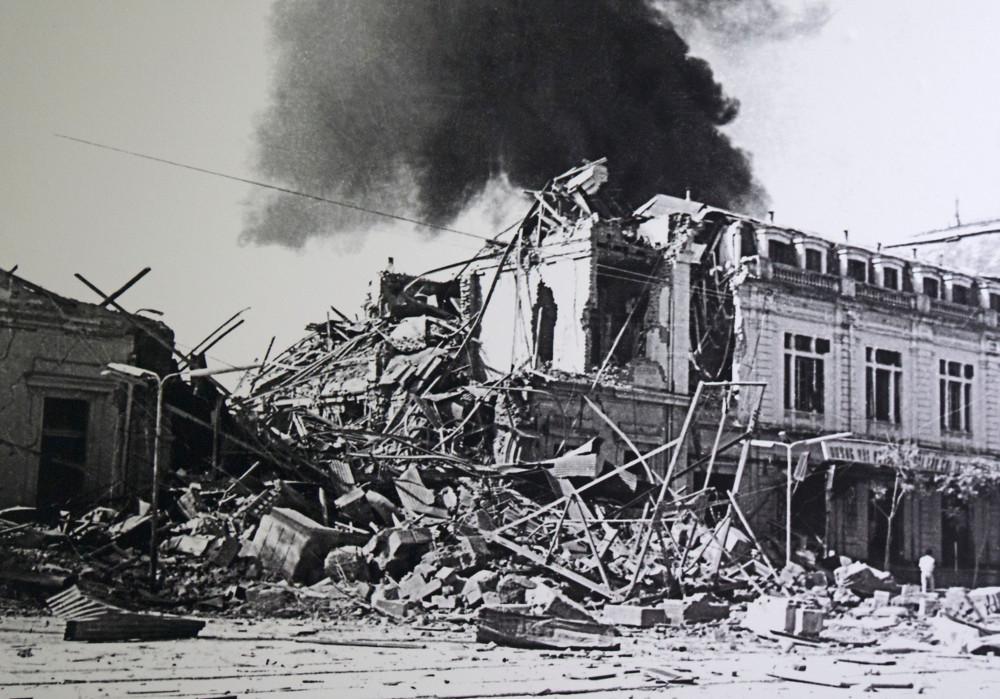On the plane to Hanoi earlier this month, I opened my copy of The New York Times to find an article by Dave Philipps: “After 60 Years, B-52’s Still Dominate the U.S. Fleet.” The piece stuck with me for weeks as I traveled through north Vietnam, trying to unravel U.S. amnesia towards the people of this country and what they call “the American war.”
Philipps ends with a quote from a former South Vietnamese Navy officer, Phuoc Luong. “American technology is super,” he tells him. “It’s a great plane. In Vietnam we didn’t use it enough. That’s why we lost.”
If anyone knows the B-52, it’s the people of Hanoi. The enormous planes bombed them day and night for twelve days around Christmas in 1972. Today there’s a museum dedicated to the bomber, and the wreckage of one still sits in a small lake in the middle of the city.
When I tried to imagine what it was like living amid the constant deafening explosions, I found an earlier article in the archives of Philipps’ newspaper that gives an idea. It describes a visit by Telford Taylor, who‘d been a judge at the Nuremberg war crimes trials, folksinger Joan Baez, and two other U.S. citizens in 1972. They’d gone to Hanoi that Christmas to deliver mail to pilots of those B-52s. Some had managed to survive being shot down while delivering President Nixon’s brutal holiday greeting, and then were apprehended by the people they'd been bombing.
The visitors described their fear in the midst of cataclysmic destruction, and their subsequent journey through the city and its ruins. “The most horrible scene that I’ve ever seen in my life was when we visited the residential area of Khan Thieu, and as far as I could see, everything was destroyed,” mourned Yale University Divinity School Associate Dean Michael Allen.
